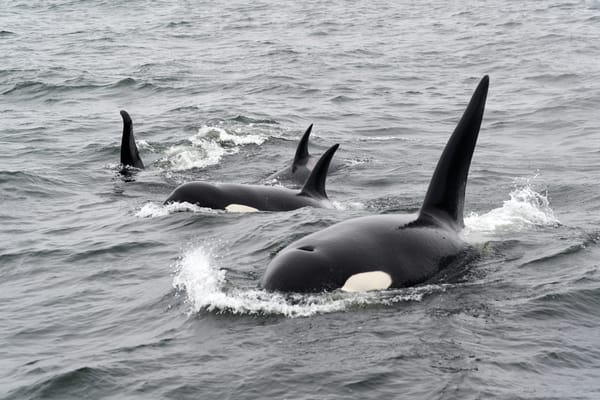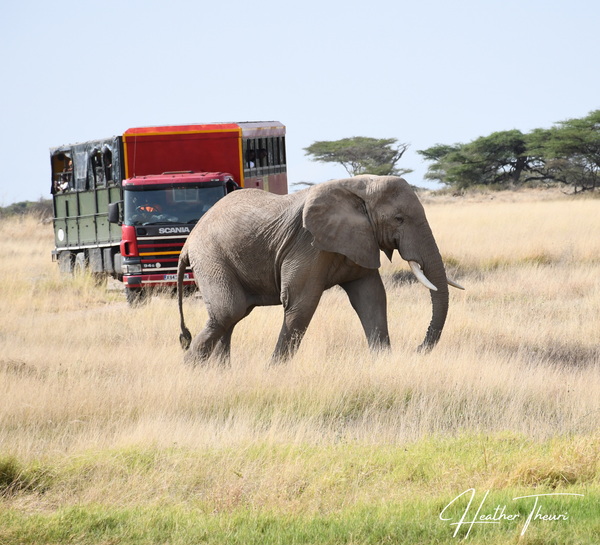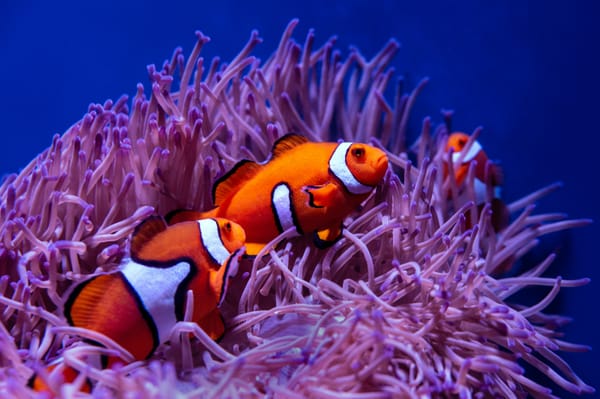When the Dodo went silent…
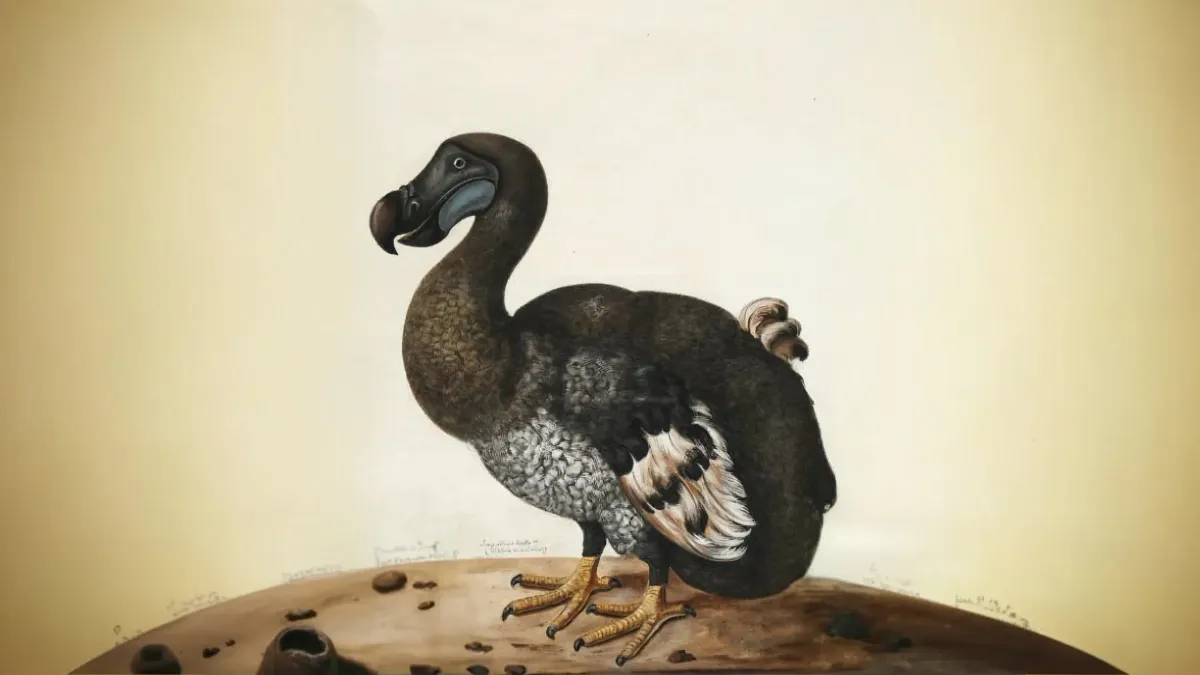
A Story of Extinction, Survival, and Hope
The bird that holds up a mirror, the Dodo. My first glimpse of it was in Ice Age, waddling across my childhood screen. A character I never imagined was once a real bird, alive and fruit-fed on the island of Mauritius. When Dutch sailors first met it in 1598, the Dodo had no fear, why would it? It had never known predators. That trust became its downfall. Cats, dogs, pigs, and people sealed its fate. By 1662 the last sighting was scribbled down, and within a century of its discovery, the bird was gone. The Dodo didn’t fade quietly into history; it became the world’s first celebrity of extinction, a mirror reflecting our power to erase.
And the Dodo was only the start.
Woolly mammoths once thundered across the Artic tundra, lords of the Ice Age, shaggy giants that survived half a million years only to vanish in the blink of a geological eye. Climate shifts weakened them, but it was humans who hammered the final nails through relentless hunting. A few clung to life on Wrangel Island, Russia until about 4,000 years ago, when disease or disaster finished what we had started.
The Javan tiger met a different ending but told the same story. Its roar once shook Java’s forests, Indonesia until the forests were no more. People multiplied, rice fields spread, plantations took root. Its prey disappeared, its territory shrank, and the tiger was cornered. By the 1950s, only a few survived. The last sign was a set of tracks in Mount Betiri in 1976. In 2003, the verdict was official: extinct, not by nature’s hand, but by ours.
And those aren’t the only ghosts. The West African black rhino. The Steller’s sea cow. Great Auk. Each name another thread pulled loose, another silence stitched into the fabric of Earth’s story.
But today we have something our predecessors didn’t: a global warning system. The IUCN Red List, established in 1964, it's our planet’s emergency logbook. It categorizes life from Least Concern to Critically Endangered, Extinct in the Wild, and finally Extinct. Some call it a living obituary. I see it as an alarm bell and it’s ringing loud.
The Northern White Rhino is functionally extinct, kept alive only by two elderly females in Kenya (Najin & Fatu). Every sunrise with them is a gift, every conservation breakthrough a desperate lifeline. The Spix’s Macaw, a brilliant flash of blue parrot, vanished from Brazil’s skies by the late 1980s, remembered mostly through the animated film Rio. Fewer than 200 now survive in captivity. The Guam Kingfisher, once native to its namesake island, was devoured into oblivion by invasive snakes in the ’80s. Today, scientists are cautiously trying to reintroduce it elsewhere. These species are not ancient history. They are our contemporaries, slipping away in real time.
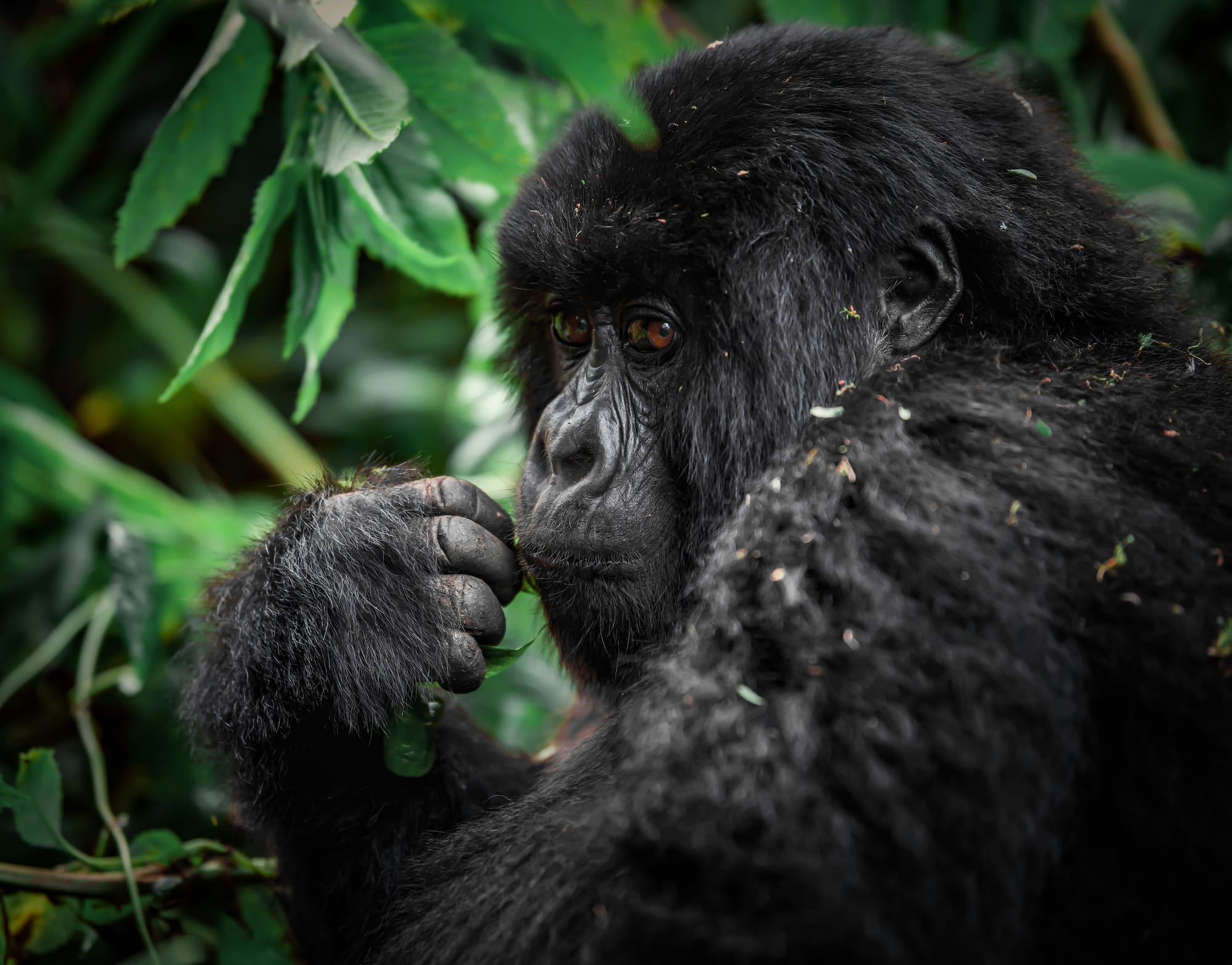
And yet, not all endings are bleak. Some species have chosen resilience, with our help. Mountain gorillas, once fewer than 300 strong, now number over 1,000 thanks to tireless protection and conservation efforts. Their status has even been downgraded from Critically Endangered to Endangered, a conservation triumph. Humpback whales, nearly hunted to extinction, have rebounded spectacularly; today, around 80,000 cruise the oceans, singing songs once thought lost.
These stories matter because they prove extinction is not always inevitable. The Dodo didn’t vanish because it was weak. The Javan tiger wasn’t doomed by destiny. They disappeared because of choices, choices about land, about profit, about how we see ourselves in relation to other lives. And choices can change.
The mirror the Dodo holds up doesn’t have to show only loss. It can show hope. Every species on the Red List is a choice still open to us. Every comeback story whispers the same truth: when we fight for life, life fights back.
The Dodo will never waddle again. The woolly mammoth’s thundering steps are gone forever. But their stories remain not just as tragedies, but as guides. What we do now will decide which songs, which roars, which migrations still echo in the future.
Extinction is written by choices, let’s choose differently. You can start by supporting conservation projects and habitat protection efforts near you.
Sincerely,
Blue 💙
Citations:
IUCN. 2025. The IUCN Red List of Threatened Species. Version 2025-1. https://www.iucnredlist.org. Accessed on 19 September 2025.
Kuta, S. (2024c, June 28). What Killed the Last Woolly Mammoths? Scientists Say It Wasn't Inbreeding.
Moretti, J. (2021b, August 17). Full Javan Tiger Information | Project Endangered Tigers. Project Endangered Tigers. https://endangeredtigers.org/tiger-species/javan-tiger/
Endangered Species Coalition. (2014, April 22). Humpback Whale - Endangered Species Coalition. https://www.endangered.org/animals/humpback-whale/
BirdLife International. 2019. Cyanopsitta spixii. The IUCN Red List of Threatened Species 2019: e.T22685533A153022606. https://dx.doi.org/10.2305/IUCN.UK.2019-3.RLTS.T22685533A153022606.en. Accessed on 19 September 2025.
BirdLife International. 2024. Todiramphus cinnamominus. The IUCN Red List of Threatened Species 2024: e.T22725862A261269865. https://dx.doi.org/10.2305/IUCN.UK.2024-2.RLTS.T22725862A261269865.en. Accessed on 19 September 2025.
Report outlines impact of 30 years of mountain gorilla conservation. (n.d.). https://wwf.panda.org/wwf_news/?12084941/Report-outlines-incredible-impact-of-over-30-years-of-mountain-gorilla-conservation#:~:text=These%20efforts%20have%20contributed%20to,of%20Threatened%20Species%20in%202018.

